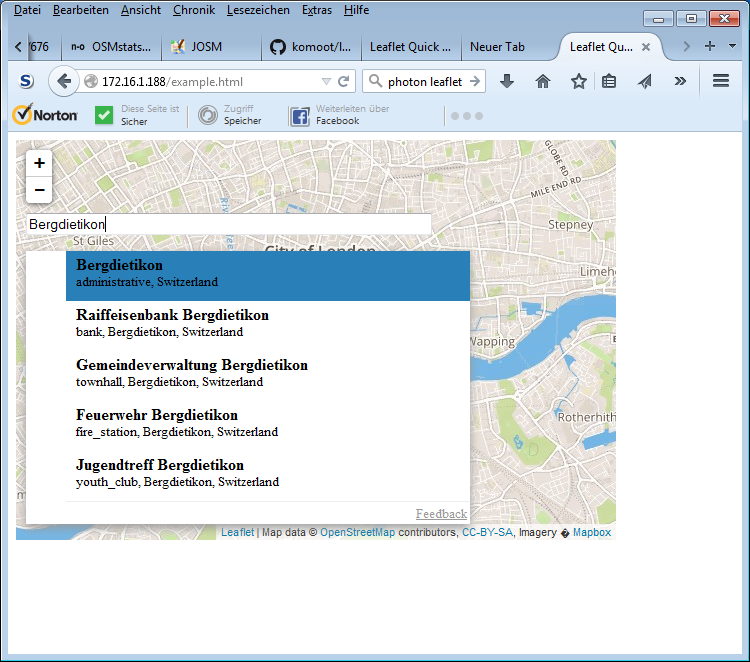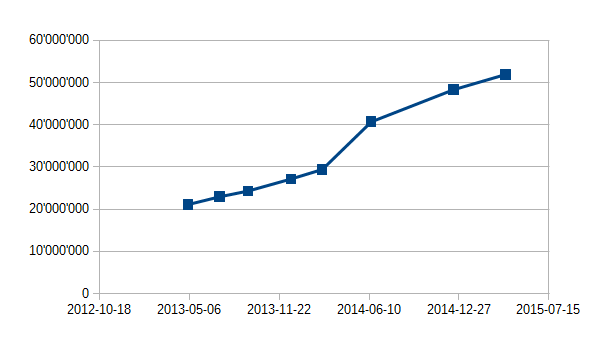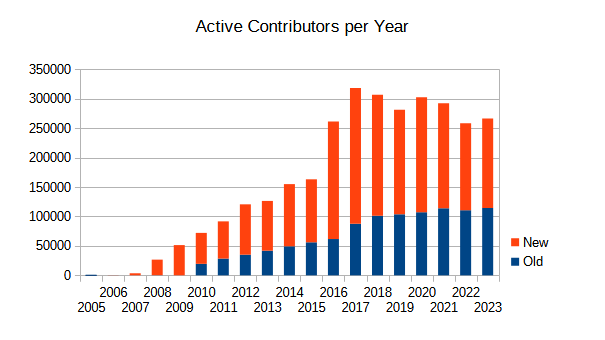Is OSM business unfriendly?
Posted by SimonPoole on 30 April 2015 in English. Last updated on 12 August 2016.People who have read Gary Gales blog post on Geohipster will have noticed that one of his claims is that OSM is “business unfriendly”. It is a reoccurring theme in discussion with people from the geo-industry however in many many discussions and contacts with companies outside of geo** it has never been an issue, and so the question should probably be reformulated as:
Is OSM geo-business unfriendly?
Well, my answer is, you expected this: no.
It is obvious simply by observing the many thriving businesses that would not exist without OSM and the way OSMs “business-model” is structured.
By positioning itself as a data collection project OSM has left lots of space to build businesses using OSM data and providing services on top of it. This is in stark contrast to say Wikipedia, which has always positioned itself as the one-stop shop for WP content and services.
Would a MapBox exist if OSM had chosen a more Wikipedia like model? Naturally not. Would MapBox cease to exist if OSM changed its mind today? Probably not, given that they have moved away from being a one-trick pony, but it would be the death knell for a number of other players.
But no fear, a further reason that OSM is extremely business friendly is that we have held a steady course over the decade the project has existed. Major changes have taken place over a long period of time with lots of time to adapt.
Now there is a certain slow feature creep with respect to services provided on the central OSM site which will continue to raise the bar of the minimal functionality for a viable online map portal, but anybody endangered by this should likely rethink their business model in any case.
Community run and developed software and services will likely have more impact. OSM provides a level playing field and your business model should take competing with non-commercial services in to account (note how OSMand in continuously improving).






